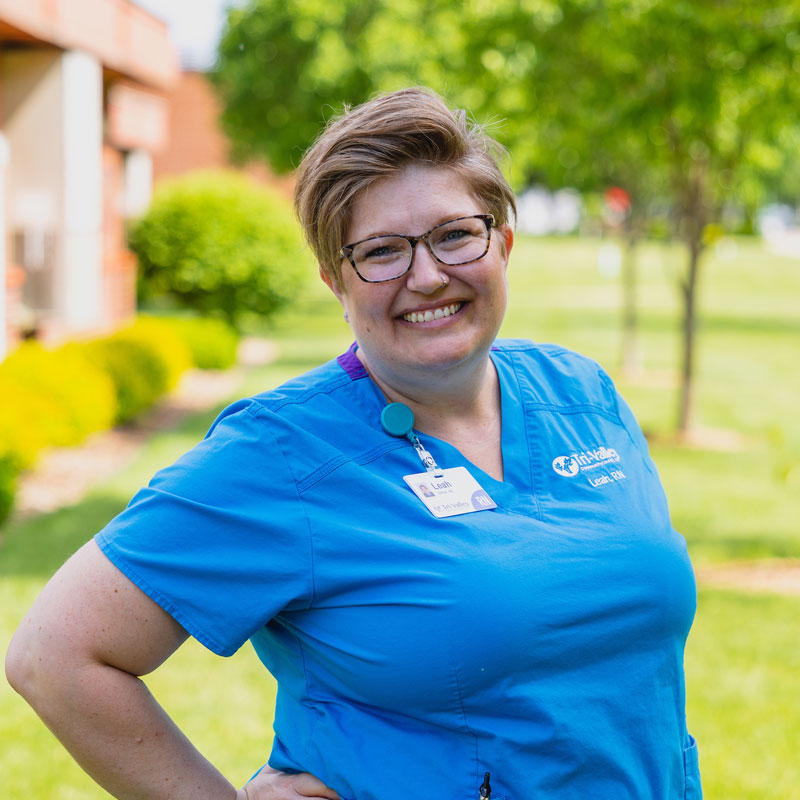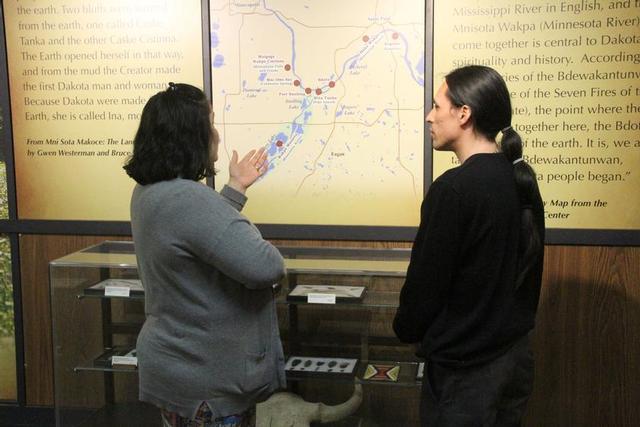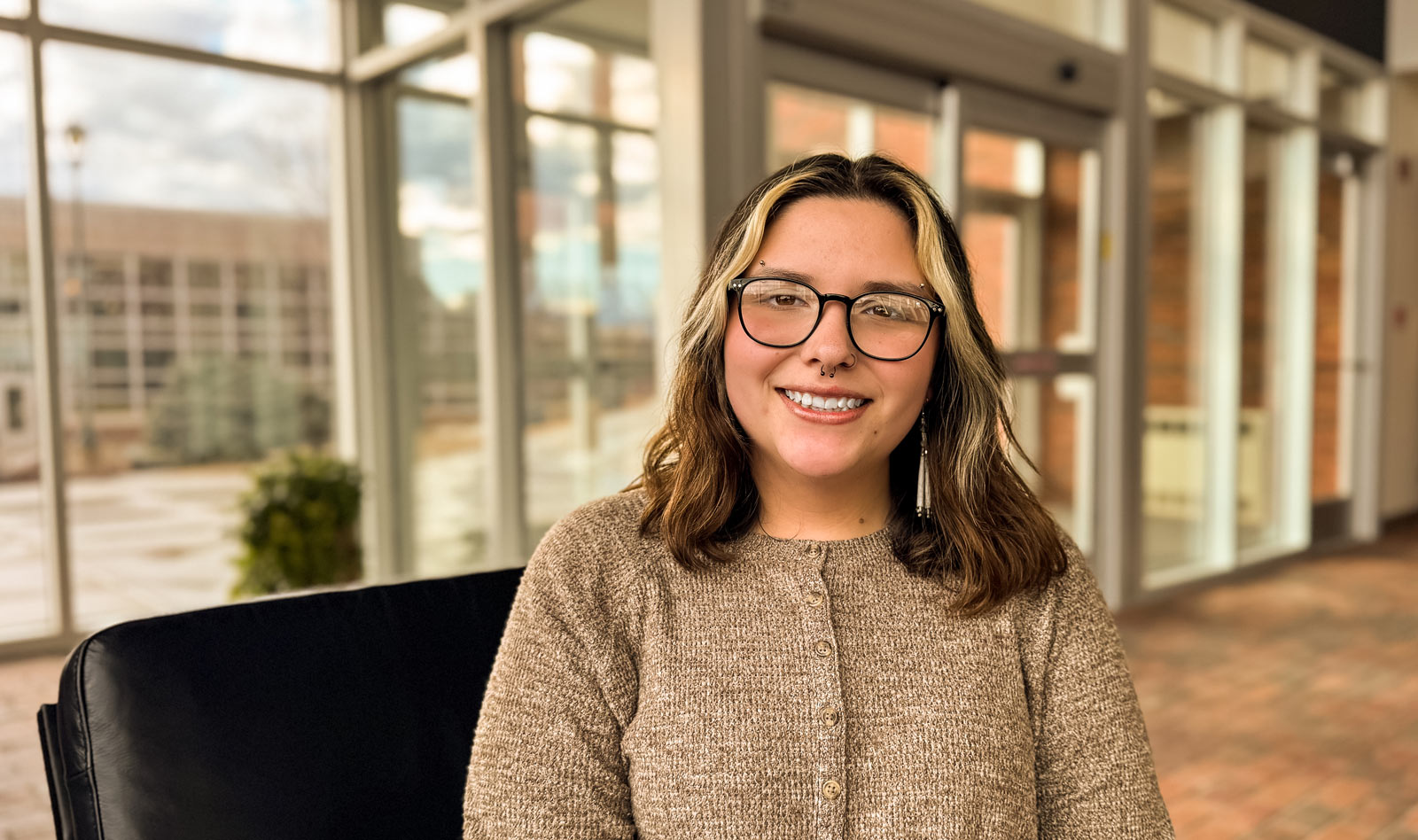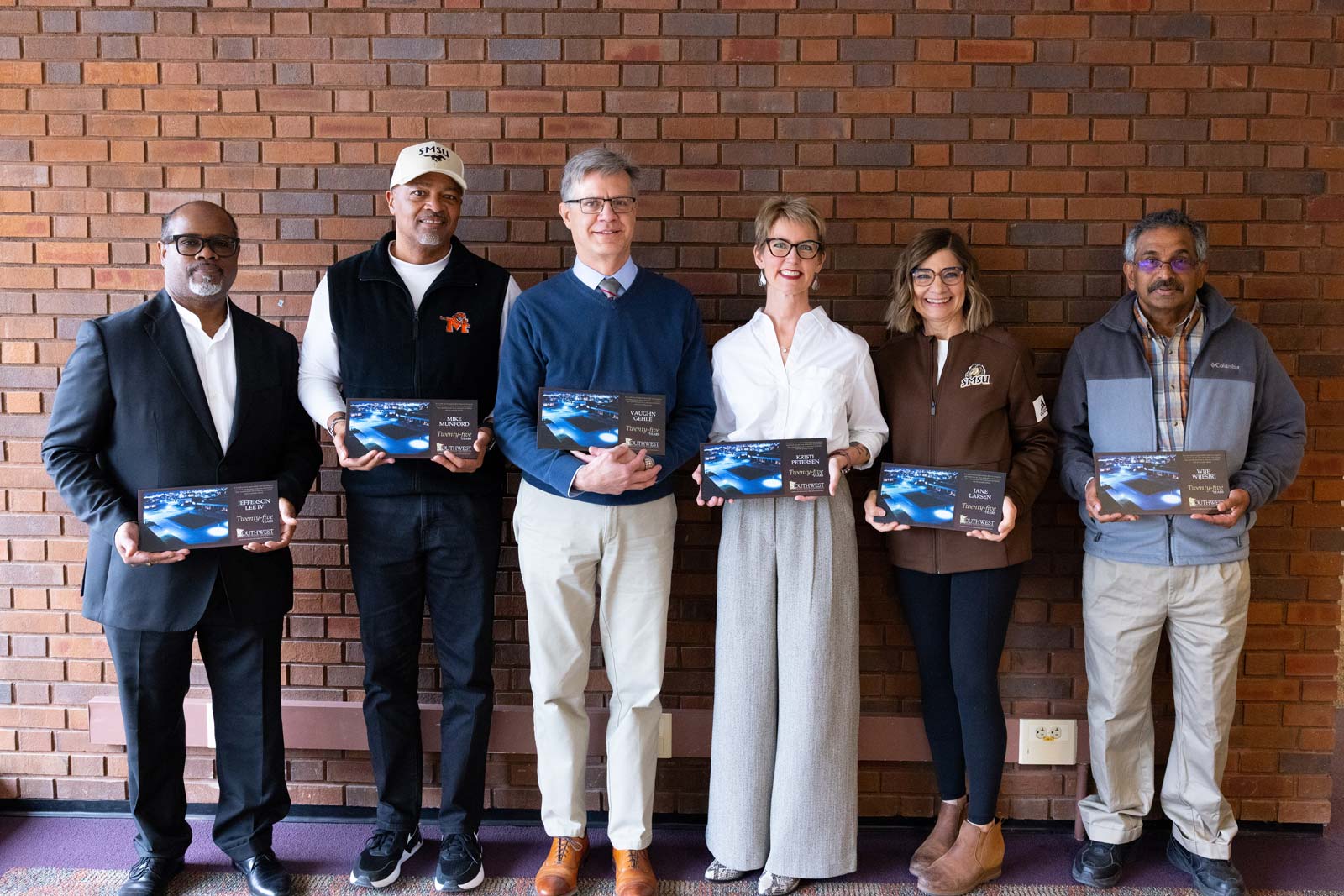Museum of Indigenous Americans Opens April 27
Published Monday, April 27, 2015
The Museum of Indigenous Americans had a grand opening on Monday evening, April 27. Formerly the Anthropology Museum, it is located in SS 101.
Theatre Professor Emeritus Bill Hezlep donated a large amount of his Native American artifacts to the university and they make up a good percentage of the museum, said Dr. Michael Hofstetter, professor of history at SMSU who coordinated the new museum. “We already had some artifacts, so we decided to convert the space and dedicate it to Native American materials,” he said.
Hezlep said his interest in Native American artifacts goes back to his youth in Pennsylvania. “I was a Boy Scout, and I was a counselor at a camp when I was 14, 15, 16 — those years,” he said. “I was made a member of the Order of the Arrow, an elite group that dealt with Indian rituals and history.
“When I moved out here, I was surprised that people really didn’t know the history. The largest Indian uprising in history happened in Minnesota,” he continued. “The Indians were much more self-sufficient than we will ever be. They survived. They used stone tools, hunted their food, made their clothing. I have great respect for them.”
His artifacts span “over 20 years” of collecting, he said. “Whenever I travel, I try to find someone that will take me out (to look for artifacts),’ he said.
Hofstetter thanked many who were instrumental in the finished product, including President Connie J. Gores for her support from the outset; Michele Knife Sterner of the Access Opportunity Success office and her brother John, an alumnus and former wrestling coach at SMSU for their expertise; Bill Mulso, Executive Director of the SMSU Foundation for its support; Stacie Mulso for her graphic work associated with the set-up; and students Adam Savariego (jr., history major, Granite Falls, Minn.) and Megan Lipetzky (junior, history major, Clements, Minn.) for their help in the actual set-up of the displays.
“I had so many artifacts I collected over the years and I thought it would be good to share them with young people,” said Hezlep. “They can see how things used to be, and that there were people here long before we were.”






